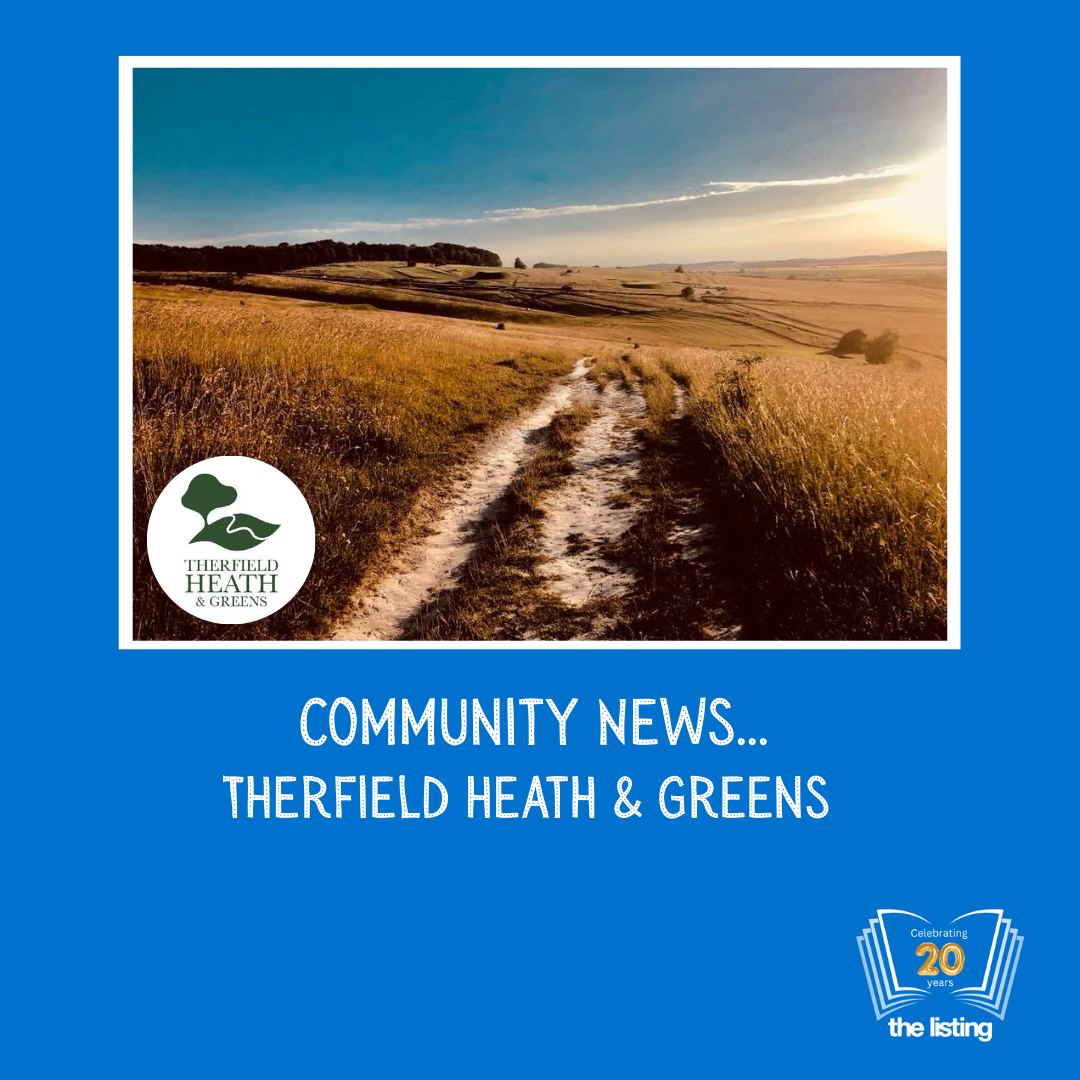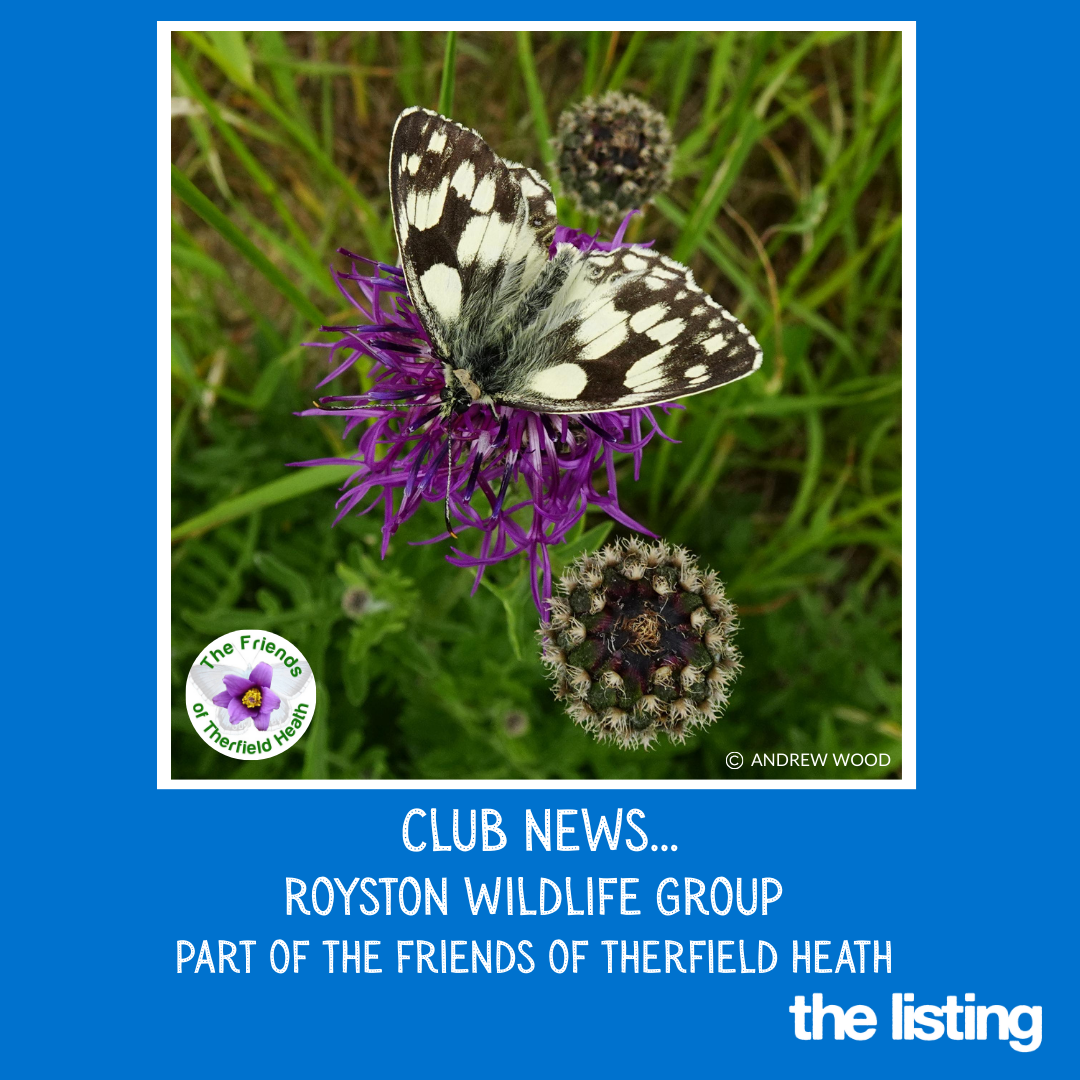Outdoors… It’s going to be all white
I am a strong believer that nature has a key role to play in effecting our sense of wellbeing and connection to the land. Our connection to nature has been eroded by our busy lives full of time saving devices that encourage us to click a little button or swipe a screen. This pandemic has steered many people to reconnect with their outside spaces in the wider landscape as well as their gardens. We have all been learning to do more with less, but as the restrictions disappear hopefully these new habits will have become embedded as new behaviour and nature will be a constant stream of inspiration and wonder!
This month it is going to be all white! I like to link themes to help clients with their landscape literacy, last month you may remember was the merry, mauve month of May. This month among the colours in the garden and landscape white is very dominant, so let’s throw our arms wide, embrace the lifting of restrictions, everything is going to be all white!
White flowers are everywhere this month, and if you tune your eyes into your local area, you will soon see what I mean. In many ways white is the background colour of the countryside with tall cow parsley – Anthriscus sylvestris seemingly everywhere you look. Its umbels of small white flowers look great in road sides and woodland margins and have been in flower for several weeks at this point in the year. I like to use Anthriscus sylvestris ‘Ravenswing’ in my planting palettes, with its finely divided purple leaves and pink – bracted flowers it is very ‘garden worthy’ relative of cow parsley.
Hawthorn / Crataegus monogyna has been in flower for several weeks at this point too. Not only is it a stalwart of British hedgerows up and down the land, but it is a delicious wayside snack! Historically it was a famine food in times of hardship and was known as ‘Bread and Cheese’, it is best to eat the young tender leaves and early flower buds. I love to use this native tree in mixed boundary hedge planting.
In the garden Choisya ternata / Mexican orange blossom is coming into its own. It is a good evergreen, with open white flowers and if pruned regularly will provide all year-round interest to a planting scheme. I like to use its relative Choisya ‘Aztec Pearl’ in my designs as it has a more finely divided leaf, fragrant white flowers and a smaller habit. This makes it useful for smaller borders where space is at a premium.
When I was learning horticulture some 25 years ago, the quintessential summer border shrub was the Philadelphus / mock orange and I still stand by that assessment. In early to mid-summer this genus of shrubs offers great presence in the border with their abundant, fragrant, white flowers. I favour Philadelphus ‘Beauclerk’, Philadelphus ‘Virginal’ and if space is limited the diminutive Philadelphus ‘Manteau d’Hermine’.
There are many white climbers to choose from but I love to use Trachelospermum jasminoides / star jasmine. It is great planted near a seating area for its beautifully, fragrant white flowers. For a touch of lacey charm, I also like to use Hydrangea petiolaris / climbing Hydrangea. It has brown peeling bark and large, open, lace-capped flowers. It is good on a boundary fence and mixes well with Parthenocissus ‘Henryana’ a pretty silver veined, purple leaved climber.
These are just a few of the white note worthy plants to look out for, but why not challenge yourself to find more!
Sissinghurst Castle Garden in Kent is famous for its white garden and has been the inspiration for many gardeners and garden designers. Laid out in the 1950’s by husband-and-wife team, Harold Nicholson and Vita Sackville-West, the focus on one colour inspires careful arrangement of planting with contrasting shapes, textures and form. The controlled use of colour forces you to look at the other qualities of your plant selection and is a very useful exercise for tuning into becoming a better gardener. It is a National Trust garden that is open for visiting as long as you have prebooked.













